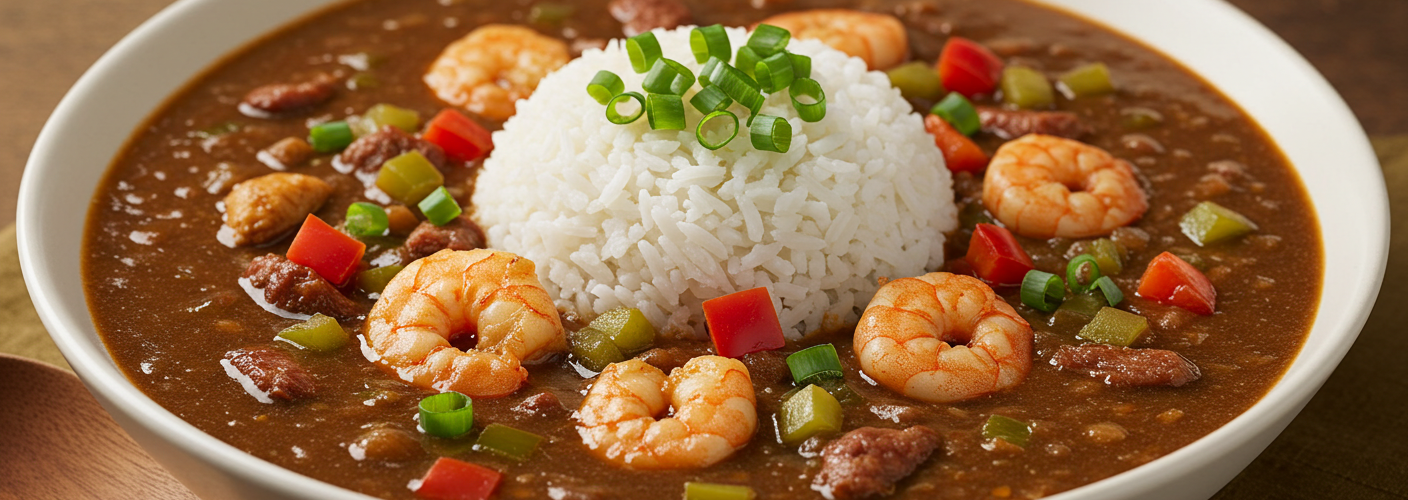When you think of Louisiana, images of lively street parades, jazz music wafting through the air, and sun-soaked bayous might come to mind. Yet, one of its most cherished treasures is the warm bowl of gumbo simmering on the stove. This culinary masterpiece is not just a dish but a representation of the rich cultural tapestry of Louisiana, woven from diverse influences and bold flavors.
At its core, gumbo is a hearty stew that brings together different ingredients to create a symphony of flavors. The foundation of any great gumbo starts with a strongly-flavored stock, which can be made from chicken, seafood, or even a rich vegetable base. The balance of flavors is paramount, and cooks often invest hours simmering their stock to reach that deep, savory taste that is characteristic of this dish.
Next comes the heart of gumbo: the protein. Whether you prefer succulent chicken, spicy sausage, or a medley of fresh shellfish, the choice of meat deeply influences the final dish’s taste. Louisiana is surrounded by bountiful waters, making shrimp, crab, and crawfish popular choices that highlight the region’s seafood bounty. The vibrant flavors of these ingredients meld beautifully, offering a taste of the bayou in every bite.
Integral to the gumbo experience is the thickener, traditionally achieved through a dark roux. Making a roux requires patience, as the flour and fat must be cooked until they reach a deep brown color—reminiscent of rich chocolate—without burning. This not only thickens the gumbo but also adds a nutty flavor that is essential to the final profile of the dish. Some chefs opt for alternatives such as okra or filé powder (dried and ground sassafras leaves) to achieve the desired consistency.
Equally important is the “holy trinity” of Cajun and Creole cooking: celery, bell peppers, and onions. These aromatic vegetables form the base of gumbo, infusing it with flavor and depth. The trinity is often sautéed until the onions are translucent and the peppers are soft, establishing a flavorful cornerstone on which the rest of the dish is built. This combination of ingredients reflects the agricultural abundance of Louisiana, rooted in the fertile soil of the Mississippi River Delta.
Gumbo is a versatile dish, adapting to the chef’s whims and the available seasonal ingredients. From traditional recipes passed down through generations to modern variations, each bowl tells a story. Some may throw in tomatoes for acidity, while others might keep it straightforward, celebrating the simplicity of quality ingredients. Regardless of the variations, the essence of gumbo remains the same: it’s about bringing people together. Traditionally, gumbo is served over rice, which rounds off the meal, making it hearty and satisfying.
In essence, gumbo is much more than a dish; it’s an expression of Louisiana’s culture and community. Whether it’s a family gathering, a festive celebration, or simply a cold evening cozying up at home, gumbo has a way of creating connections. As you savor each spoonful, you’ll not only taste the rich history and diversity of Louisiana, but you’ll also feel the warmth and hospitality that this remarkable state is known for.
So the next time you find yourself in Louisiana—or cooking gumbo at home—embrace its rich flavors and the stories behind them, and you’ll discover why this dish holds a special place in the hearts of many.




Add comment